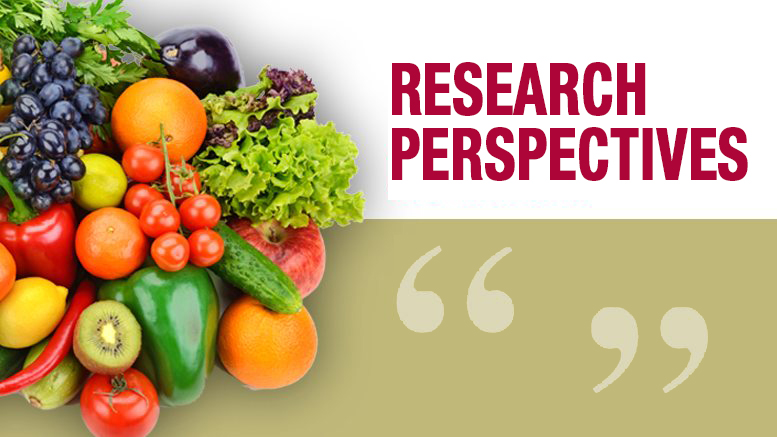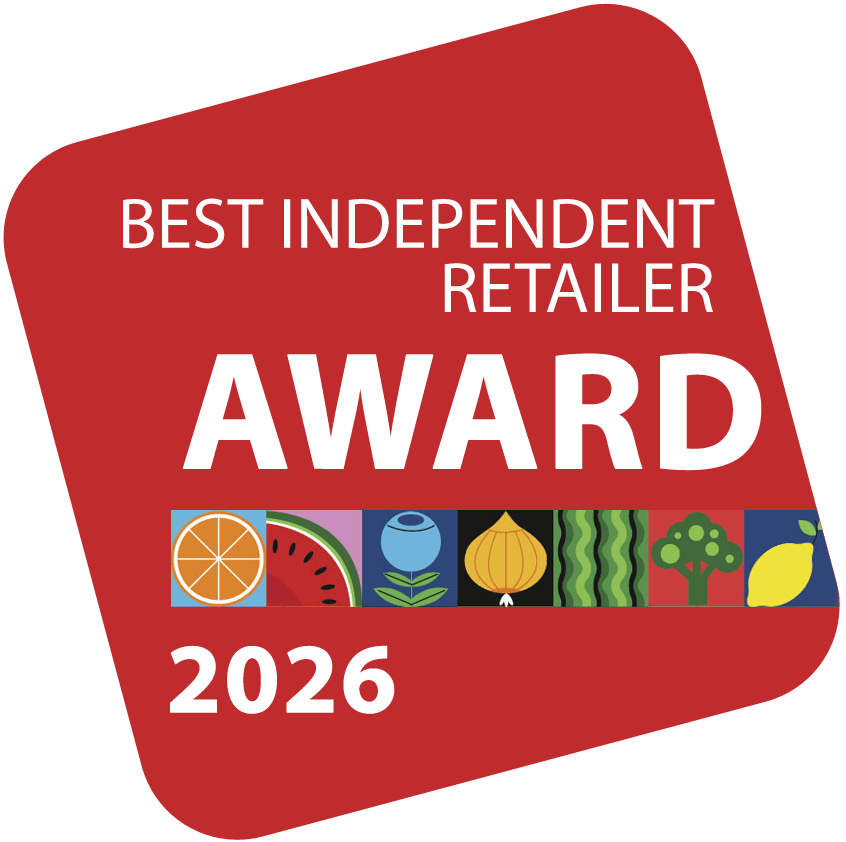Deep Dive into Produce Purchasing Patterns
July 17, 2024 | 5 min to read
Produce brands must navigate the dynamics between planned purchases and impulse shopping amidst ongoing economic challenges and inflation. A study by Provoke Insights highlights that while 85% of shoppers notice price increases, only 15% buy produce impulsively. Most consumers prioritize their usual items, emphasizing the need for supermarkets to enhance visibility of pre-cut options and leverage marketing through social media and in-store strategies to stimulate impulse buys and promote healthy choices.

By Jordin DeSenzo and Carly Fink
Produce brands face two distinct customers — meticulous planners, and those who succumb to the allure of impulse shopping. Produce and supermarket brands need to understand the balance between planned purchases and impulse shopping.
With economic issues persisting and inflation rising, it is essential to continue marketing to individuals in unique ways. There is an opportunity for produce brands and retailers to use this insight to better target consumers.
Provoke Insights, a full-service market research firm and brand consultancy, conducts a biannual nationwide study among 1,500 Americans. In this comprehensive eighth wave of research, Provoke Insights assessed the following:
- What do shoppers prioritize in their purchasing?
- At what rate are produce items being purchased pre-planned vs. impulsively?
- Where are people shopping for produce, and what are they purchasing?
- What is the impact of the economy on these purchases?
- How to create more occasions to impulse shop?
INFLATION REMAINS AN ISSUE
Inflation has continued to rise since the start of the year. Many Americans are experiencing the effects of this increase, especially while shopping for groceries, as 85% of shoppers have noticed price hikes. Generation X (born 1965-1980) is the most attuned when it comes to noticing price increases while shopping for groceries, with 92% of them being aware of these changes.
Even more concerning, only a third of Americans believe they are in a good financial position, and almost two-thirds of consumers state they are more budget-conscious than they were six months ago. Although produce remains a popular purchase at grocery stores, consumers who are cutting down on their expenses may spend less on these healthy options.
Conscientious shoppers may find themselves adjusting their choices, opting for more cost-effective options, or seeking deals and promotions to mitigate the effects of inflation.
CONSUMER’S SHOPPING HABITS
Three-quarters of Americans purchase produce weekly. The purchasing cadence is influenced by income, with wealthier individuals buying more frequently. Additionally, older individuals tend to purchase vegetables and fruits more often.
Supermarkets are the most preferred place to buy fresh produce, with 79% of shoppers visiting a retailer at least weekly. This draws a diverse range of shoppers seeking freshness and variety. On the other hand, wholesale stores are more commonly frequented by Generation Z (32%) or Asian shoppers (36%).
Pre-planned purchases dominate produce purchases, where shoppers buy their go-to items (56%). This is followed by 29% of purchases being categorized as pre-planned, but only for specific meals or recipes, making a notable percentage of produce purchases thoughtful, but not consistent.
While grocery shoppers mention that impulse purchases are typically snacks, only 15% state they impulse purchase produce.
PRE-PLANNED VS. IMPULSE
Among vegetable purchasers, three-quarters pre-plan the purchase of uncut vegetables (73%). This is followed by:
- Bagged greens (46%)
- Unbagged greens (44%)
- Salad kits (43%)
- Fresh-cut vegetables (39%).
African American shoppers are likely to pre-select salad kits (50%) and fresh-cut vegetables (39%). In the Northeast, shoppers plan in advance to buy unbagged greens (51%).
Uncut fruit is predominantly planned (77%), and pre-selecting fresh-cut fruit is less common (35%). However, fresh-cut fruit is more likely to be on Millennials’ (43%) and parents’ (43%) shopping lists.
Additional items in the produce section are more likely to be impulse purchases, such as salad dressing, nuts, fresh guacamole and fresh-squeezed beverages.
WHAT IS THE PATH FORWARD?
Consumers impulse purchase at the supermarket, but not necessarily in the produce aisle. While only an average of 15% of produce in shoppers’ carts are impulsive buys, this presents multiple opportunities to capture the impulse buys:
- In-store advertising needs to be more prominent. Employing smart in-store merchandising techniques, like shelf-talkers and in-store tastings, can effectively stimulate impulse purchases and encourage customers to include these distinctive items in their shopping carts.
- Supermarkets can enhance the visibility and accessibility of pre-cut fruit and veggies by strategically positioning them in high-traffic areas, such as near the entrance or checkout counters. Leveraging cross-merchandising tactics by placing these snacks alongside complementary items, such as dips, hummus or yogurt, creates convenient snack pairings that cater to different taste preferences, increasing the likelihood of impulse purchases.
- It’s crucial for produce to position itself as a healthy snack alternative in-store. Incorporating educational signage or labeling that highlights the nutritional benefits and convenience of pre-cut fruit and veggies as on-the-go snacks not only informs, but also persuades shoppers to make healthier choices.
Additionally, shoppers of fruits and vegetables enjoy browsing while shopping, as evidenced by nearly half (42%) expressing this sentiment. Furthermore, people who tend to make impulsive purchases prefer gourmet supermarkets. To improve the overall shopping experience, it is suggested that supermarkets should display more unique and rare items similar to specialty supermarkets.
Opportunity exists outside the grocery store as well, as those who purchase fruits or vegetables every week consider TV and social media platforms, such as TikTok, to have the most relevant brand promotions. These channels are critical to capture shoppers’ attention and maintain relevance when marketing produce brands.

Provoke Insights conducted a 15-minute online survey among 1,500 Americans between 21 and 65. The study was fielded in April 2024. Carly Fink is the firm’s president and head of strategy and research. Jordin DeSenzo is a market researcher and strategist.

